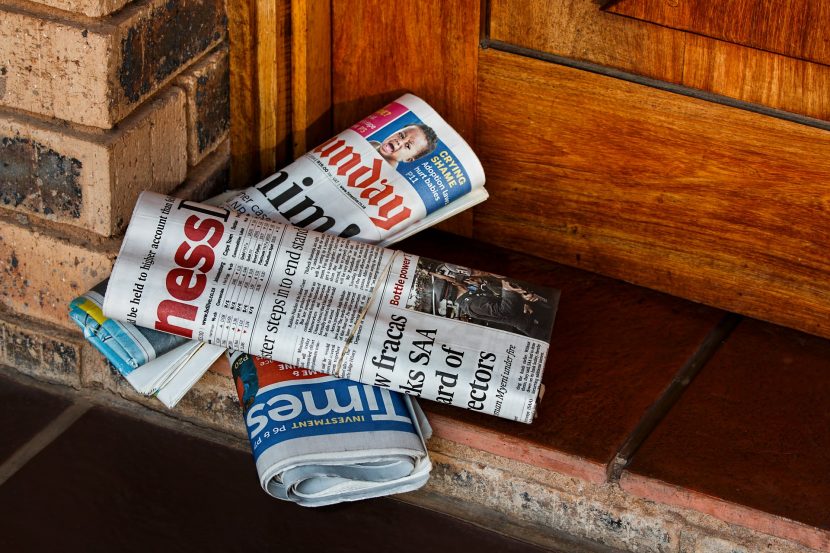What’s the Difference Between Categories and Tags?
This is one of the first questions I asked myself when starting my blog through WordPress. When you add a blog to your website you will probably notice the options to add both categories and tags to your posts, but what exactly does this mean and why do you need them?
Categories and Tags are basically administration techniques to ensure your posts are properly filed on your website.
There are 2 main reasons for doing this:
- It makes your posts easier to find when a reader is looking for a specific topic area which basically means that your users can interact with your website more straightforwardly.
- It can work towards improving your SEO.
But what exactly are they?
What is a Category?
A category is basically a wide-ranging subject heading for posts. These display topics which help explain to your readers the subject of your blog post. Think of it like a kind of index page: just click on the theme and it will take you to the relevant pages. Try to limit these to 2/3 per post.
You can also create subcategories within categories. Don’t get carried away here! Things like Artist Names and Play Titles keep as tags. Always remember that the purpose of a category is to make your website navigable. So, if you are running a blog for a Shakespearean Theatre Company you might have ‘Shakespeare Plays’ as a main category then ‘Histories’, ‘Tragedies’ and ‘Comedies’ as Subcategories.
What is a Tag?
Tags get into the nitty gritty. You can use these to really get the detail in there. Continuing with the example above your tags may specify things like play titles (‘Twelfth Night’, ‘Macbeth’, ‘Hamlet’, etc.) or Actors (‘David Tennant’, ‘Jodie Whittaker’, ‘Christopher Eccleston’ etc.)
Things to Remember
- You have to give your posts at least one category. If you don’t then it will be filed under the ‘Uncategorized’ Category. Don’t forget you can always rename this category to something like ‘Other’ or ‘Random’.
- If you custom your blog posts URL then you can build your categories or tags into the web address for each post. Here at The Arts Business we custom our blog post URL to include both the title of each post and the lead category whereas you could include the tags as well or instead. This will help with your SEO.
- Even though your tags are more specific you still want to limit them to a point. Remember both tags and categories are primarily there to make you website easier to navigate for the user so you don’t want to end up with thousands of tags to traipse through. Keep it in the hundreds. Every few months you can go through and edit these to ensure they remain limited or simply have a range you stick to.
And there you have it! Easy when you know how.
If you have any advice about Tags and Categories we would love you to share this in the comments below!


